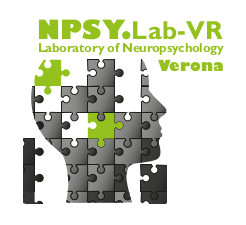Authors
Abstract
In patients with right brain damage (RBD) or left brain damage (LBD) and healthy subjects, tactile and three basic gustatory stimuli (sour, salty, bitter) were applied to the left or right hemitongues or to both hemitongues simultaneously. Tactile stimuli were detected and localized by verbal report, whereas gustatory stimuli were identified by pointing to the corresponding name on cards bearing the names of the three tastes. In the tactile test, 9 of 18 RBD patients showed extinction of left hemitongue stimuli, whereas the remaining RBD patients, 9 LBD patients and 14 healthy subjects detected virtually all stimuli in all conditions. In the gustatory test, healthy subjects outperformed the two brain damaged groups which nevertheless responded well above chance and did not differ from one another. Unexpectedly, the nine RBD patients with left hemitongue tactile extinction showed no gustatory extinction, since performance did not differ significantly between the two hemitongues on both unilateral and bilateral stimulations. To account for these findings, some evidence suggests that the tongue representation is bilateral in both modalities, but predominantly ipsilateral in the gustatory modality and predominantly contralateral in the tactile modality. The RBD patients with left hemitongue tactile extinction were those with more marked symptoms of left-sided extinction in the visual and auditory modalities, making it likely that their brain damage was also responsible for left lingual tactile extinction. The absence of left gustatory extinction in those patients can be attributed to the predominant channelling of left hemitongue taste inputs into the intact left hemisphere.
